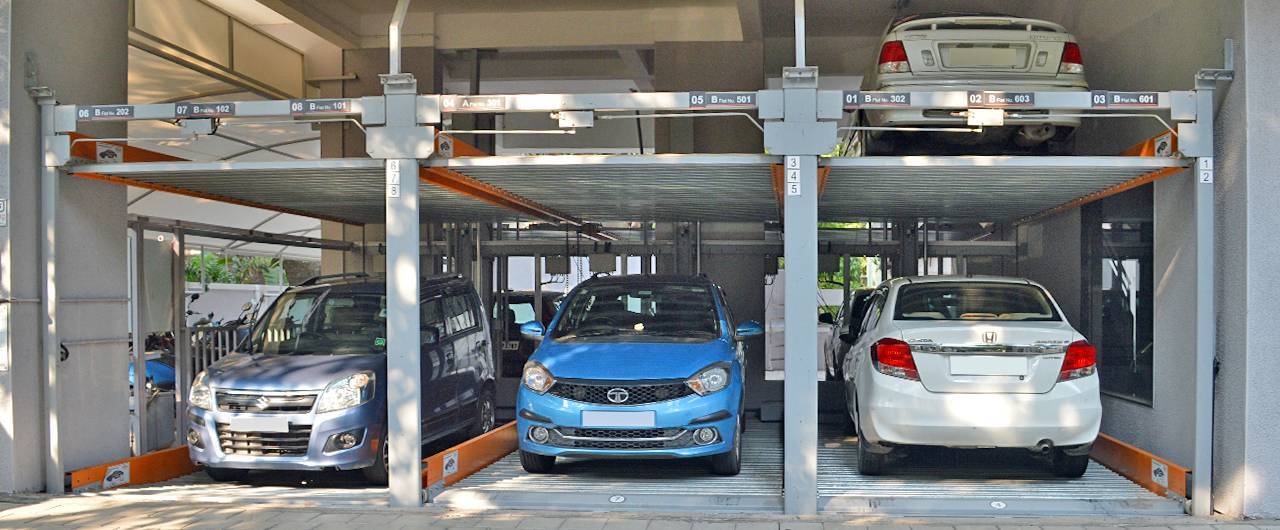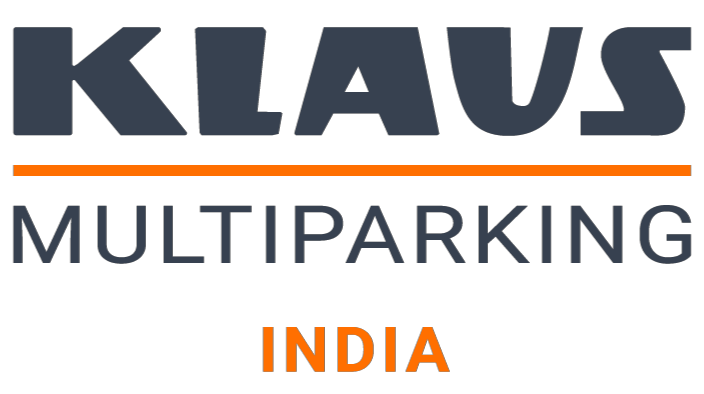Today’s rapid urbanization, increasing number of vehicles and parking space crunch arising due to that have led to the rising popularity of automated car parking systems across the world. Automated car parking systems work on the concept of multi-level parking, where cars are stacked on multiple levels in grids to maximize the number of parking spaces while utilizing the available space in the best possible way.
Contrary to popular opinions, automated car parking systems are not a recent phenomenon. The first version of automated car parking systems appeared in Europe in the early 1900s and in North America in the 1920s. Since then, maximum space and land utilization have remained their goals.
The earliest use of an automated car parking systems can be found in Paris, France in 1905 at the Garage Rue de Ponthieu. The structure included a lift in the center to move up cars one or two levels and there were attendants on each floor to park them.
In the 1920s, a Ferris wheel-like structure called the ‘Paternoster system’ was built to park eight cars in the space of two cars. The structure soon became popular because it was user-friendly and utilized the land wisely.
In 1951, Washington D.C. witnessed its first driver-less parking garage. but the system was characterized by frequent mechanical problems and a long retrieval period. This led to a drop in the demand for automated car parking systems in the USA.
However, automated car parking systems continued to be a preferred parking solution in the other parts of the world including Korea, Japan, and parts of Europe. Advanced automated car parking systems were being designed and installed in Europe, Asia, Central America, and Japan. The concept was very well-received in Japan.
In India, the automated car parking systems entered comparatively late. The country’s first automated car parking system was inaugurated in 2007.
KLAUS Multiparking was one of the first entrants to the automated parking industry in India in 2002, when very few developers or architects were aware of the technically advanced automated car parking systems. But KLAUS Multiparking navigated successfully through all the uncertainties and delivered great projects initially in Bangalore and Mumbai, leading to a strong foundation of trust and expertise.
In the last five years, there has been tremendous growth in both commercial and residential segments and KLAUS Multiparking has grown multifold to support the country’s parking requirement.
KLAUS Multiparking offers the widest range of products ranging from stack parking systems, puzzle parking systems to premium fully-automated parking systems. The KLAUS team guides developers and architects from the early stages of planning to ensure the most suitable parking system is incorporated into the building plan to maximize space utilization.
Considering India’s complex and dense mobility network, the country needs a well-planned focused approach in terms of managing parking spaces. It is high time that India adapts to the pace at which the world is embracing various types of automated car parking systems. With the arrival of EVs, automated car parking systems are also becoming integrated charging hubs of EVs. With the current Government’s focus on infrastructure development, India seems to be the right time frame for transitioning towards a smart parking country. All we need to do is to understand the benefits of the automated parking technology and adapt it to control the increasing chaotic mobility network thriving on Indian roads.
It is truly time to make the manual and unreliable parking lots history and move towards futuristic and reliable automated car parking systems. KLAUS Multiparking is all set to help you make this transition.







